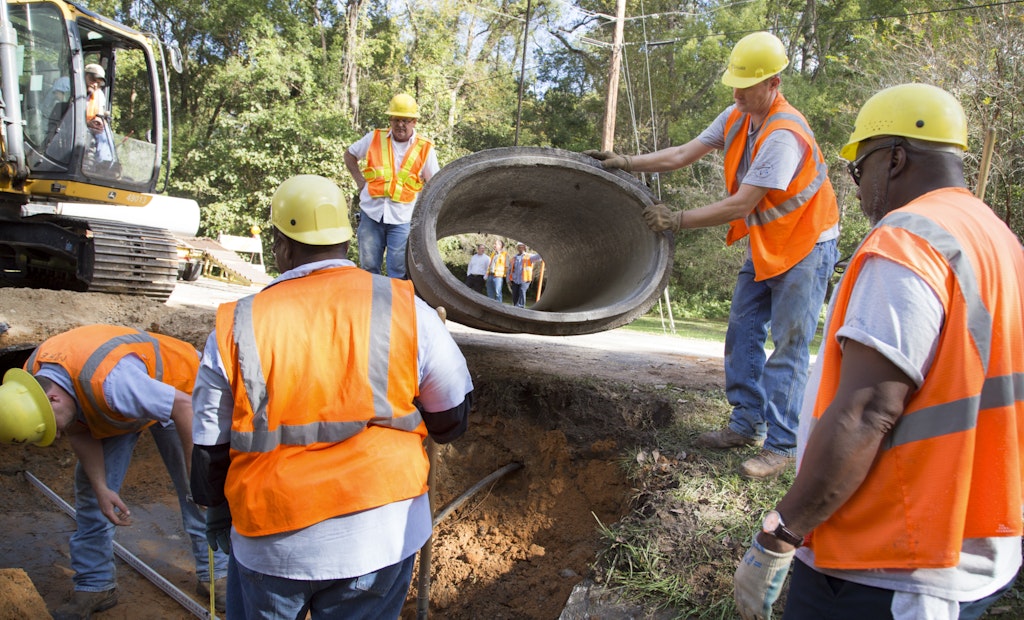
Public works employees for the city of Tallahassee, Florida, work on a pipe-replacement project as part of the city's Stormwater Capital Improvement Program. (Photo by Keyhole Photo)
As a member of a municipal water department, you’re all too familiar with the problems stormwater can present. Whether it's damage to infrastructure, flooding, erosion, pollution, I&I or overburdened treatment plants, there's no shortage of reasons for a city to plan ahead and...





